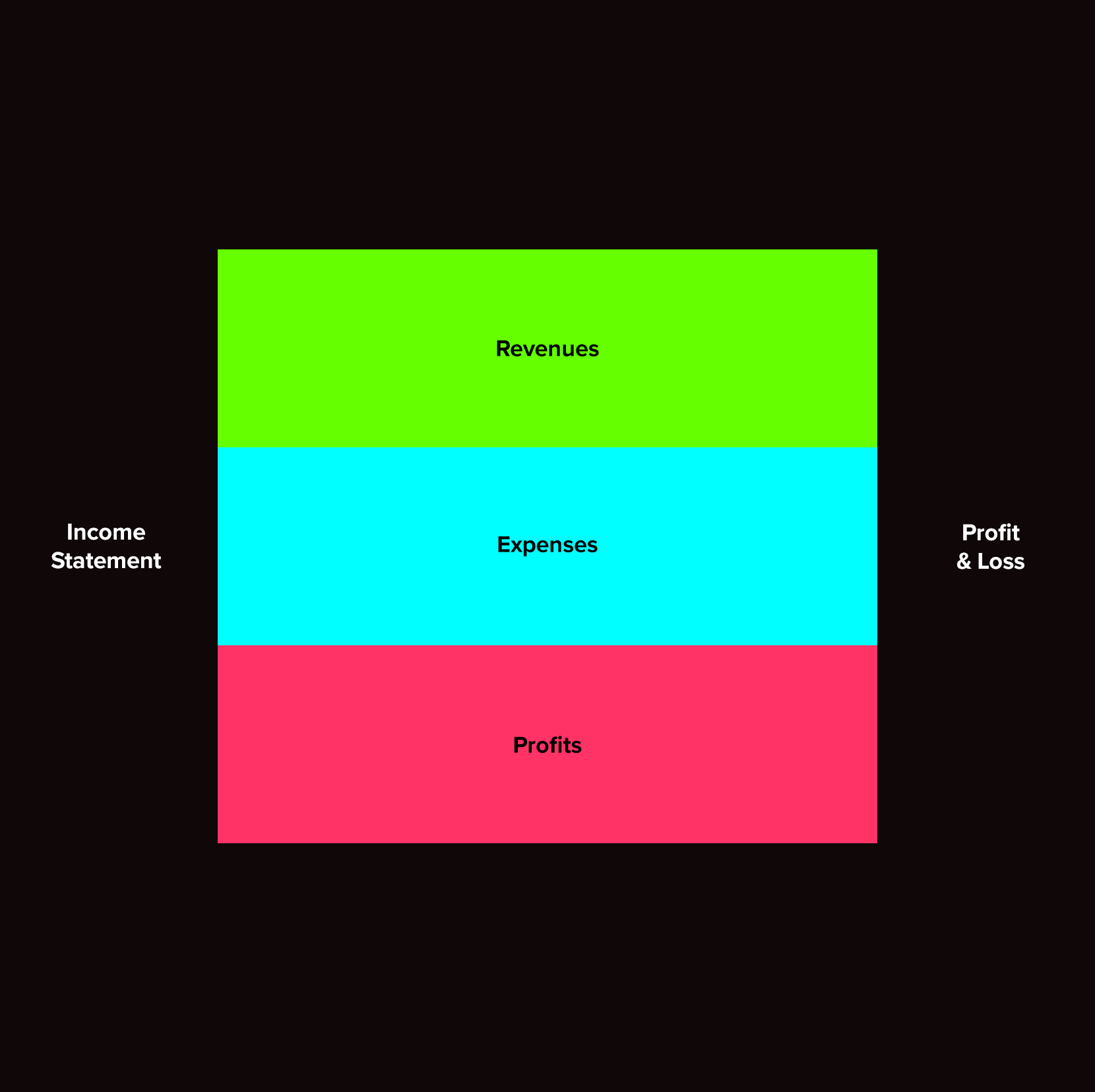Knowledge Centre

Income Statement
The Income Statement is core to analyzing a company’s strength and its performance over a given time period. The income statement forms part of the company’s set of financial statements, and is often reported quarterly, normally six monthly and always annually. It shows the profit and loss over that period.
The Income Statement is a major part of the 500 plus year old Double-Entry Bookkeeping system. It is key to Management Accounts, the tool that guides everyday practical business decisions. This method of accounting seeks to balance all entries.
Every entry is recorded twice, this record being called the “Ledger”. Debits are typically noted on the left side of the ledger, while credits are typically noted on the right side. If you sell a unit for $1(credit) you must account for the cost of the unit and the $1 (debit). This symmetry is designed to identify errors because every entry should be balanced by a counterpart.
The income statement displays the company’s revenue, costs, gross profit, selling and administrative expenses, other expenses and income, taxes paid, net profit and EBIT. It enables the further calculation of EBITDA.
It is the starting point for building a financial model of the company’s current health, giving the analyst greater understanding. This then allows forecasting and consequent benchmarking or comparison.
CAUTION. The Income Statement can be manipulated. It will not necessarily identify fraud.
“The Shipman’s Tale”, is one of The Canterbury Tales by Geoffrey Chaucer, written between 1387 and 1400.
It tells the story of a merchant, his wife and her lover, a monk. The rich merchant is too occupied with his accounts to notice his wife is being wooed by the monk. The monk who is also a friend of the merchant borrows money from the merchant and gives the money to the merchant’s wife. Thus, settling her debts and buying her “affections”, using the merchant’s own money. Later the merchant asks the monk to repay the debt. The monk tells the merchant he has repaid the debt and to ask his wife where the money is. Her response:
“The devil take all such reckonings”
Also see